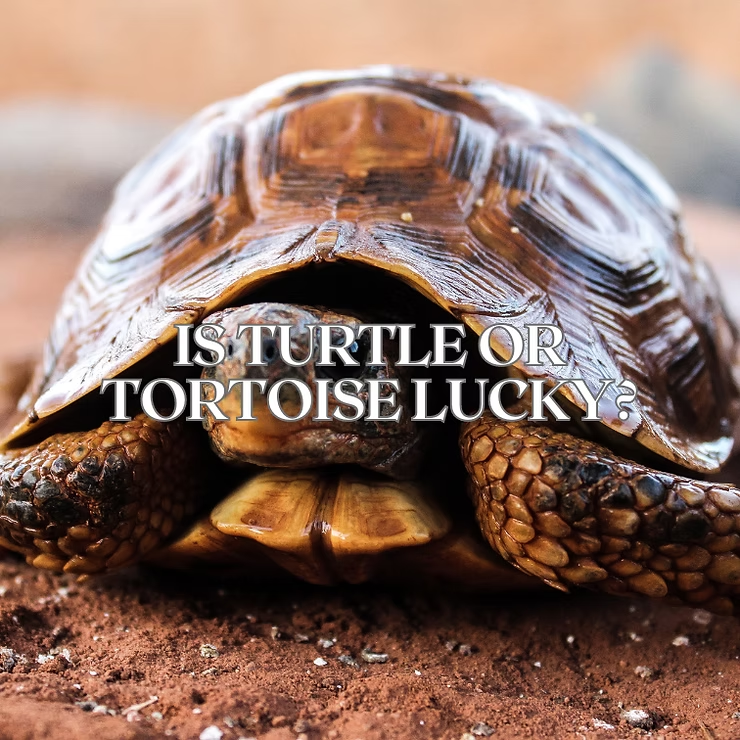The Difference Between Turtles and Tortoises
Physical Characteristics
Turtles and tortoises share reptilian roots but their bodies reveal clear distinctions. Turtles typically have a streamlined body with a flatter shell and webbed feet or flippers, enabling them to move efficiently in water. Tortoises, in contrast, are built for life on land with dome-shaped shells and sturdy legs resembling those of elephants. These adaptations also influence their diet—turtles eat both plants and small animals, while tortoises mainly consume grasses, leaves, and flowers.
- Turtles have a streamlined body and flat shell
- Turtles use webbed feet or flippers for swimming
- Tortoises have dome-shaped shells and strong legs for land movement
- Tortoises are mostly herbivorous
Habitat and Behavior
Turtles prefer aquatic environments such as rivers, lakes, and oceans, while tortoises thrive on dry land. Turtles are more social, often basking together and swimming in groups, whereas tortoises are generally solitary, grazing and slowly exploring their environment. Despite their differences, both have evolved remarkable behaviors to survive in their specific habitats.
Diet and Feeding Habits
Diet is another defining difference. Turtles are omnivores with varied diets that include plants, insects, and small fish. Tortoises, on the other hand, have slow metabolisms and rely almost entirely on plant-based foods. Both species play important ecological roles in maintaining balance within their respective ecosystems.
Superstitions and Symbolism
Turtles and Tortoises in Different Cultures
Across the world, these creatures have inspired myths, art, and traditions. In Chinese culture, turtles symbolize wisdom and longevity. Native American stories highlight tortoises as emblems of determination and strength. Their presence in literature and folklore often reflects qualities such as patience, resilience, and protection.
Beliefs and Superstitions
Superstitions vary widely. In some cultures, turtles bring prosperity and serve as protectors, while tortoises represent perseverance. Many traditions suggest that figurines or images of these creatures attract wealth, good health, or protection from negative forces. Though unproven, such beliefs highlight their deep symbolic presence in human culture.
Symbolism in Art and Literature
Art and literature frequently draw from turtle and tortoise symbolism. In Japanese mythology, the turtle carries the world on its back, representing stability. Western literature portrays tortoises as wise, patient beings, most famously in the fable “The Tortoise and the Hare.” These examples showcase how humans admire and revere these ancient animals.
Lucky or Unlucky?
Turtle and Tortoise Luck in Different Cultures
Cultural perspectives differ on whether turtles and tortoises bring good or bad luck. In China, the turtle is a sign of fortune, while some African traditions view the tortoise as mischievous or unlucky. In Native American culture, turtles are protectors believed to bring blessings. These contrasting views illustrate how cultural context shapes beliefs.
Common Beliefs About Luck
- Owning a turtle or tortoise figurine is thought to bring wealth and prosperity
- They are believed to ward off evil and offer protection
- Some traditions suggest touching them brings personal good fortune
While not scientifically supported, these beliefs continue to influence how people perceive and interact with these reptiles.
Personal Experiences and Stories
Many people share personal stories of turtle and tortoise encounters linked to luck. Some claim that keeping them as pets brought prosperity, while others recall chance sightings as omens of good fortune. Though subjective, these stories add to the mystique surrounding turtles and tortoises as symbols of fortune and resilience.
Supporting Ocean Conservation
Beyond cultural symbolism, turtles face real challenges in today’s world. Conservation efforts are vital to protect marine life, and organizations like Save Our Blue Ocean raise awareness through advocacy and fundraising. Their ocean-inspired bracelets not only promote style but also directly support the mission of protecting endangered marine species. By choosing such initiatives, individuals can make a positive impact on the survival of turtles and other marine animals.

